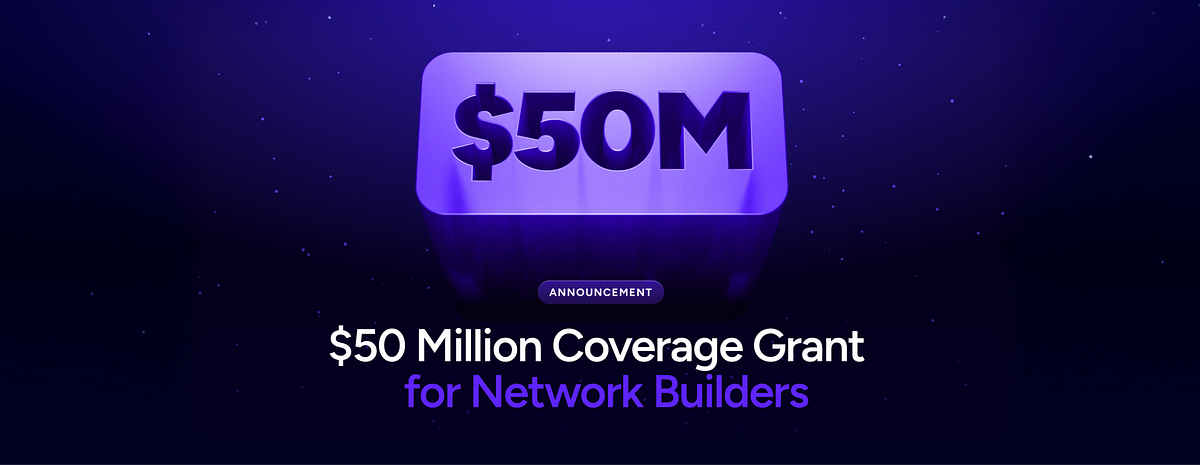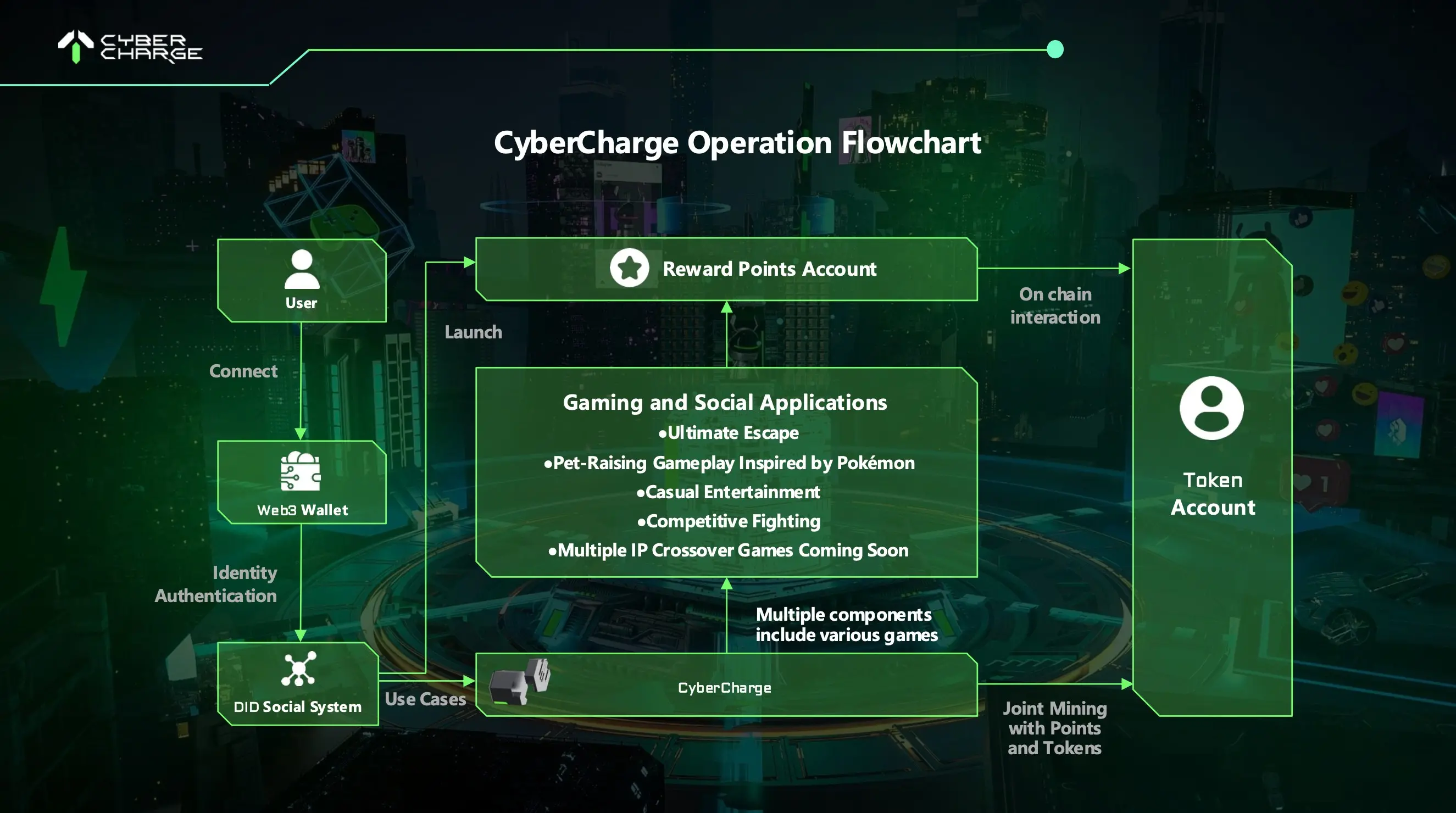Black Forest Labs Unveils Flux 1.1 Pro: A New Era in AI Image Generation

Black Forest Labs has recently launched Flux 1.1 [Pro], an advanced AI image generation model that follows the original Flux family, which includes Flux 1 Pro, Flux 1 Dev, and Flux Schnell. The new model showcases significant improvements in text generation capabilities, prompt adherence, and overall image quality. Notably, Flux 1.1 Pro has achieved the highest Elo score in the Artificial Analysis image arena, outperforming all other text-to-image models while maintaining impressive generation speeds. This model is priced competitively at $0.04 per image, making it a strong alternative to other paid services like MidJourney and Ideogram, which are notably slower and more expensive.
Despite its advantages, Flux 1.1 Pro is a closed-source model, limiting users to access it through platforms like Together AI, Replicate, and Freepik. This means users cannot run it locally or customize it as they can with its open-source counterparts. However, some platforms offer free credits for initial generations, with Freepik being highlighted for its Mystic workflow that enhances image quality. While there are no announcements for an open-source version of Flux 1.1, Black Forest Labs appears to be concentrating on refining its offerings for image and video creators.
In hands-on testing, Flux 1.1 Pro demonstrated satisfactory results, producing realistic images with improved prompt adherence compared to its predecessor. The model excels in generating detailed and aesthetically pleasing images, making it suitable for various artistic tasks. While it may not represent a generational leap, the enhancements in realism, spatial awareness, and overall consistency make it a compelling choice for users seeking quality AI-generated images. Overall, Flux 1.1 Pro stands out as a cost-effective and efficient option in the competitive landscape of AI image generation.
Related News





